In modern bathroom design, mirrors are no longer merely tools for daily grooming but have become an integral part of spatial aesthetics and functional experience. In recent years, with the rise of minimalist styles and innovative bathroom technology, frameless bathroom mirror has increasingly become a focal point for both the industry and consumers. Compared to traditional framed mirrors, frameless designs not only offer a more contemporary aesthetic but also demonstrate unique advantages in terms of practicality and market trends.
The rapid market penetration of frameless bathroom mirrors in recent years stems from their multifaceted value in terms of both aesthetics and practicality. This article will delve into its advantages and future development directions from five dimensions: aesthetic design, space utilisation, craftsmanship safety, functional extensibility, and industry trends.

1. Minimalist Aesthetics, Elevating Spatial Elegance
The most notable advantage of frameless bathroom mirrors is their sleek appearance. Traditional mirrors often rely on heavy frames to enhance stability and decorative appeal. In contrast, frameless mirrors achieve a minimalist aesthetic by eliminating the frame, allowing the mirror surface to appear purer and complete.
This minimalist design aligns with the popular “luxury minimalism” and “modern minimalism” trends, creating a stronger sense of visual expansion and making the bathroom appear more spacious and bright. For small-sized homes, frameless mirrors effectively reduce visual barriers, creating a light and spacious atmosphere; in larger homes or high-end residences, large-scale frameless mirrors further enhance the sense of luxury and artistic flair in the space.
Industry experts note: “Frameless bathroom mirrors are not just bathroom products; they are the finishing touch in home design, making the overall bathroom style appear cleaner and more streamlined.”
2. Flexible Installation, Enhancing Space Utilization
Unlike framed mirrors, frameless bathroom mirrors offer greater installation flexibility due to the absence of an outer frame. They can be directly mounted on walls, designed as built-in units, or seamlessly integrated with bathroom cabinets, light strips, or storage units.
For example, in small bathrooms, frameless mirrors can be integrated with mirror cabinets to meet daily grooming needs while adding storage space; in high-end bathroom projects, large frameless mirrors can cover an entire wall, creating a “mirrored space extension” effect.
This flexibility meets the needs of different users and provides interior designers with more creative freedom, making frameless bathroom mirrors a common choice in custom bathroom design.
3. Process Upgrades Ensure Safety and Durability
Many consumers initially worry that “without a frame for protection, frameless mirrors may be more prone to breakage.” However, with the maturation of glass deep processing technology and edge treatment techniques, the safety of frameless bathroom mirrors has significantly improved.
Tempered glass/copper-silver mirrors: Commonly used high-strength mirror panels offer better impact resistance and moisture resistance.
Edge beveling and polishing: Ensures the mirror's edges are smooth and rounded, enhancing tactile comfort while minimizing the risk of cuts.
Explosion-proof film treatment: Even if the mirror surface accidentally shatters, it prevents glass fragments from flying, enhancing usage safety.
For these reasons, frameless bathroom mirrors are no longer fragile “decorative items” but truly practical everyday items that balance aesthetics and safety.
4. Integrating smart functions to expand application scenarios
Driven by the wave of smart homes, bathroom mirrors are also undergoing a 'functional revolution'. More and more frameless bathroom mirrors are integrating functions such as LED lighting, anti-fog heating, Bluetooth speakers, time/temperature display, touch switches, etc., making bathroom mirrors not only "mirrors", but also multifunctional interactive terminals.
The advantage of frameless design is particularly prominent here. Because the outer frame has been removed, the integration between the intelligent module and the mirror is more natural, and the appearance is more concise and complete. For example:
LED lighting can be emitted through the edges or back of the frameless mirror, creating a soft, ring-shaped lighting effect.
Touch switches are seamlessly embedded into the mirror surface, blending operational functionality with visual aesthetics.
These designs have made frameless bathroom mirrors a popular choice for high-end residential properties, hotels, and even luxury renovation projects.
5. Market Trends: From High-End Customisation to Mass Adoption
Industry data shows that the market demand for frameless bathroom mirrors has been increasing year by year over the past five years. Initially, it was mainly used in high-end residential areas, boutique hotels, luxury apartments, and other scenarios; But with the maturity of production technology and cost reduction, frameless bathroom mirrors are rapidly entering the mass consumer market.
Three main reasons are driving this trend:
Consumption upgrade: Young people pay more attention to home aesthetics and personalized expression, and frameless mirrors perfectly match their aesthetic preferences.
Customisation popularisation: Bathroom companies have launched more standard sizes and customised solutions, reducing the selection threshold for consumers.
E-commerce promotion: Online channel promotion and display effects make it easier for consumers to understand and accept the advantages of frameless mirrors.
Industry experts predict that in the next three to five years, frameless bathroom mirrors are expected to become standard in bathrooms, and their penetration rate will further increase.
6. Industry Challenges and Development Directions
Despite their apparent advantages, frameless bathroom mirrors also face some challenges in their development:
Installation barriers: High precision is required during installation, and uneven walls may affect the installation outcome.
Lack of differentiation: Products on the market are becoming increasingly homogeneous, requiring brands to enhance competitiveness through functional innovation and design upgrades.
After-sales service: When frameless mirrors involve electrical functions, they impose higher requirements on after-sales service and maintenance.
In the future, the development direction of frameless bathroom mirrors will focus on two key areas:
Personalised customisation: Tailoring different sizes, shapes, and functional combinations based on users' space dimensions and style preferences.
Smart upgrades: Integration with smart home systems to expand functionality, including voice control, health monitoring, and smart interaction.
What are the benefits of frameless bathroom mirrors? With their minimalist design, flexible installation, safe construction, and smart features, they are becoming the mainstream choice for modern bathroom spaces.

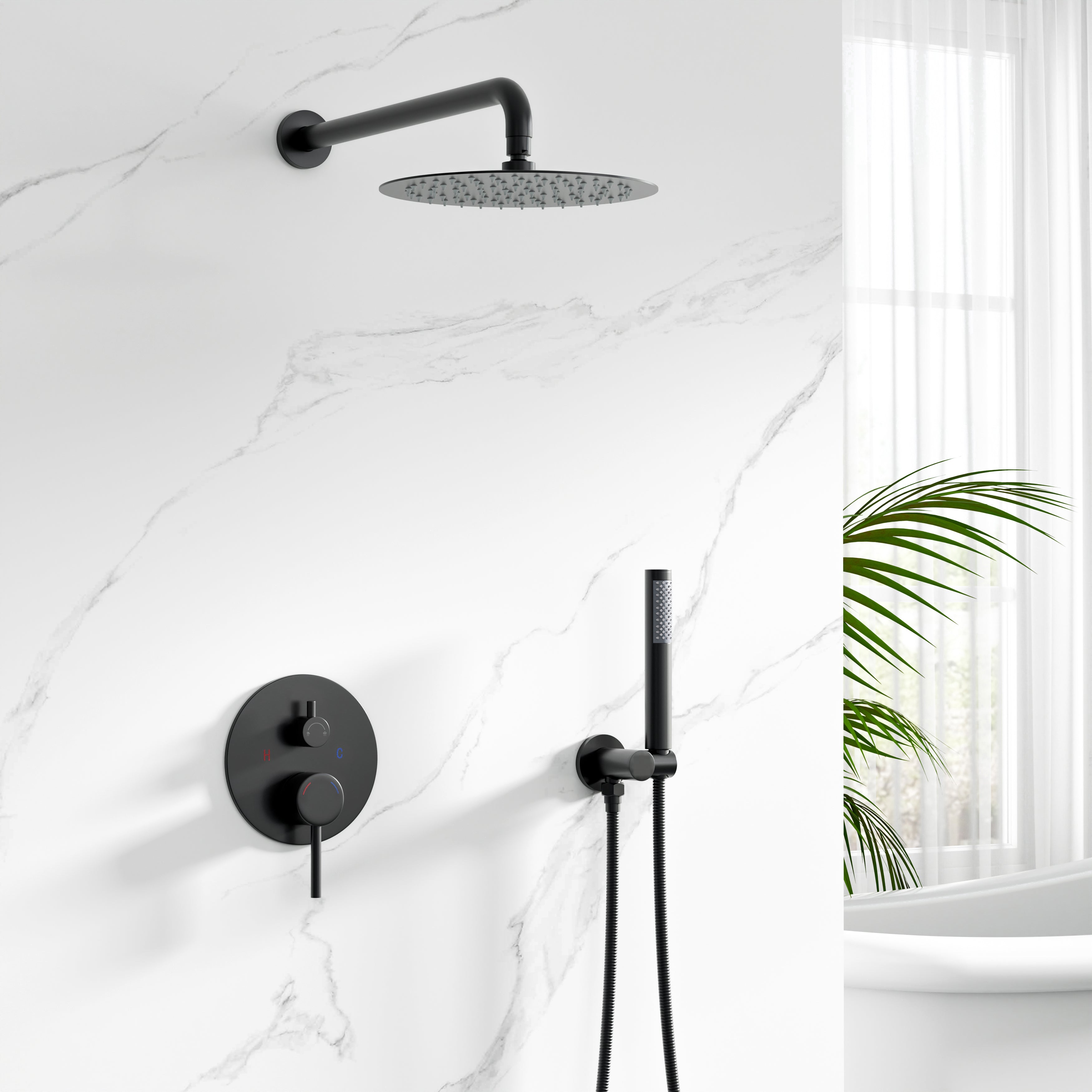
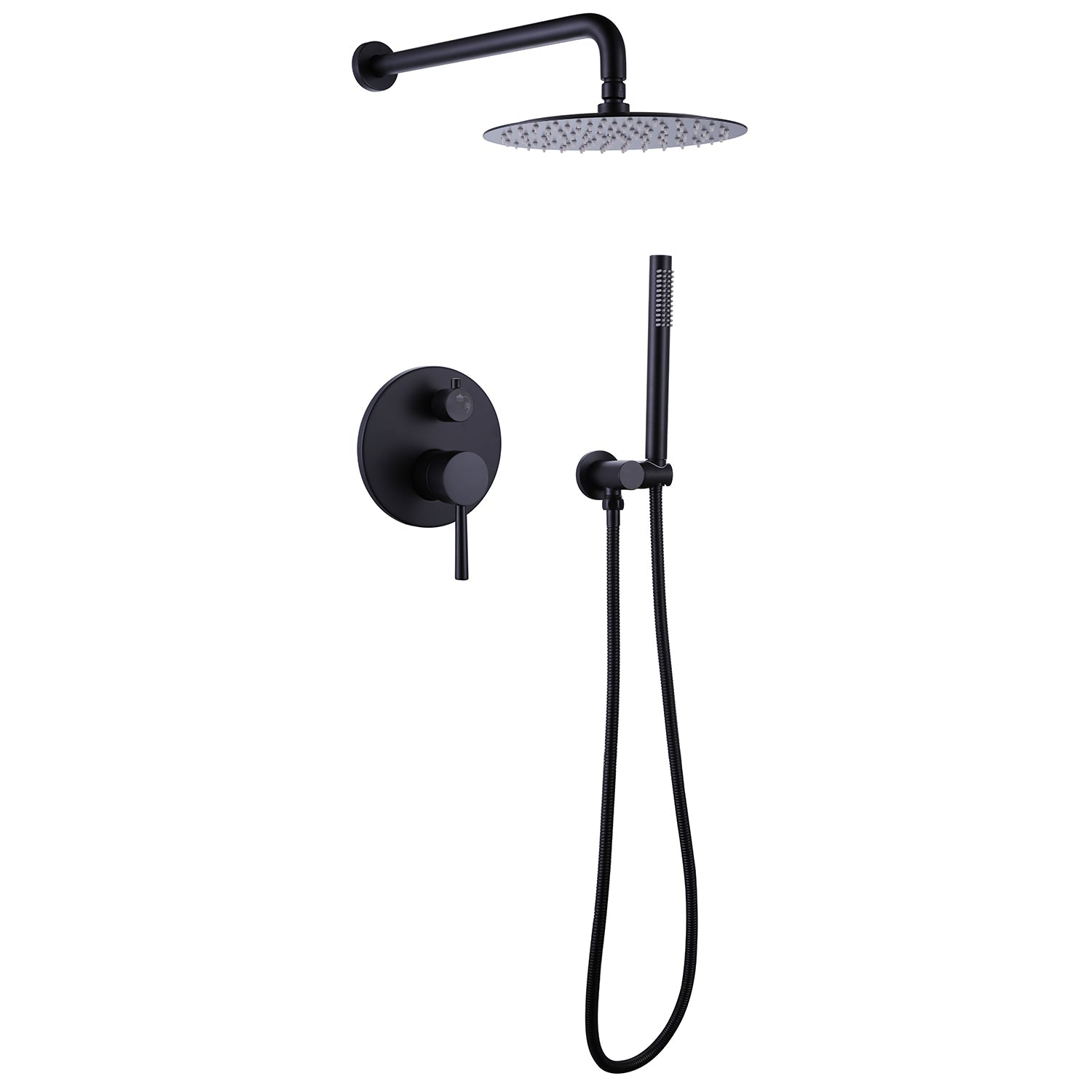


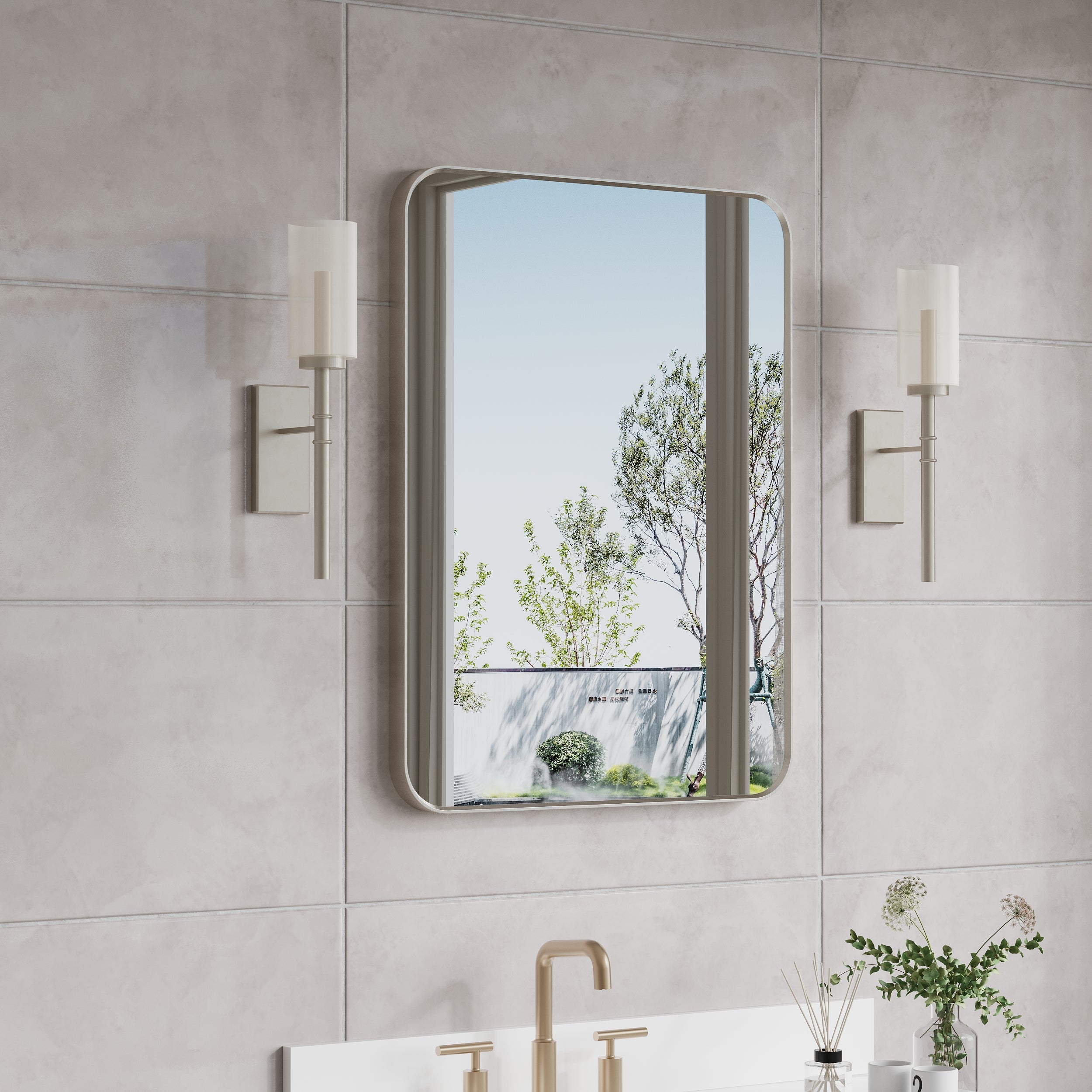




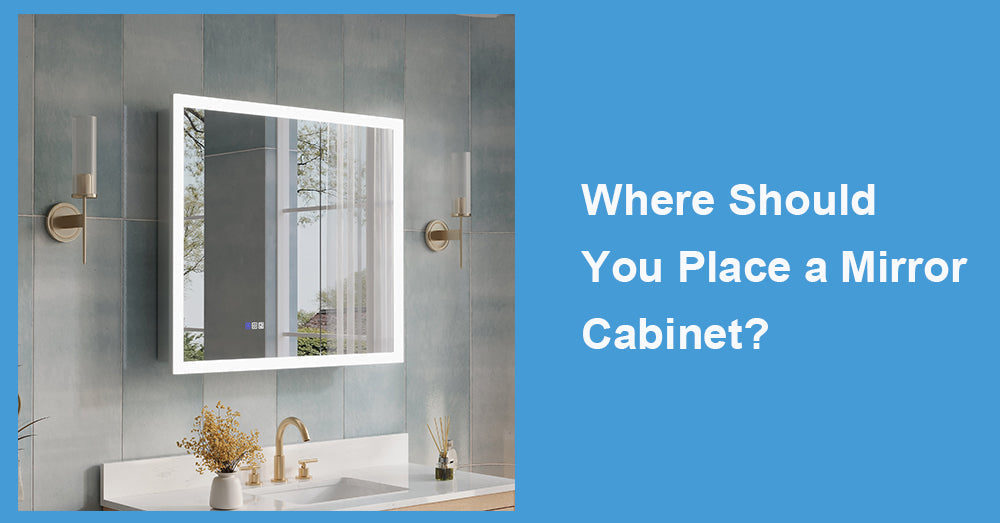
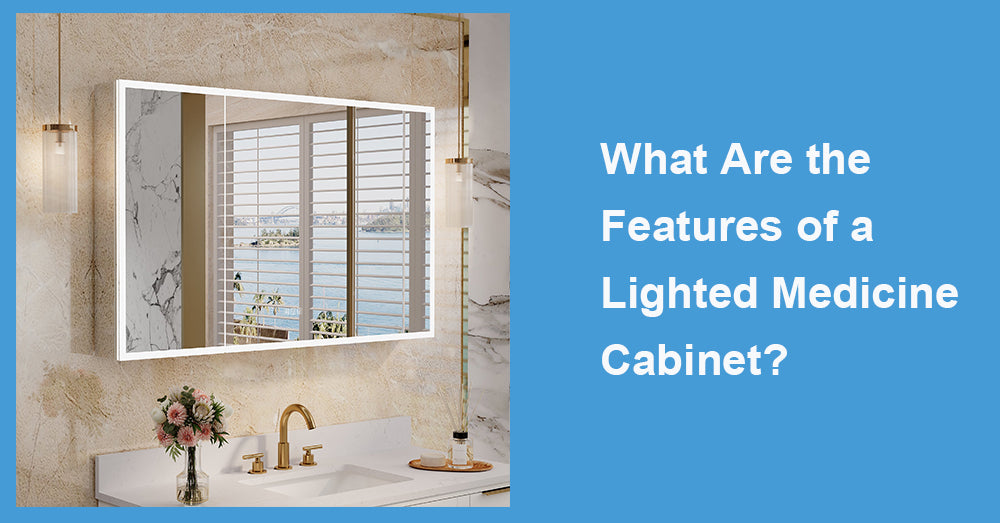
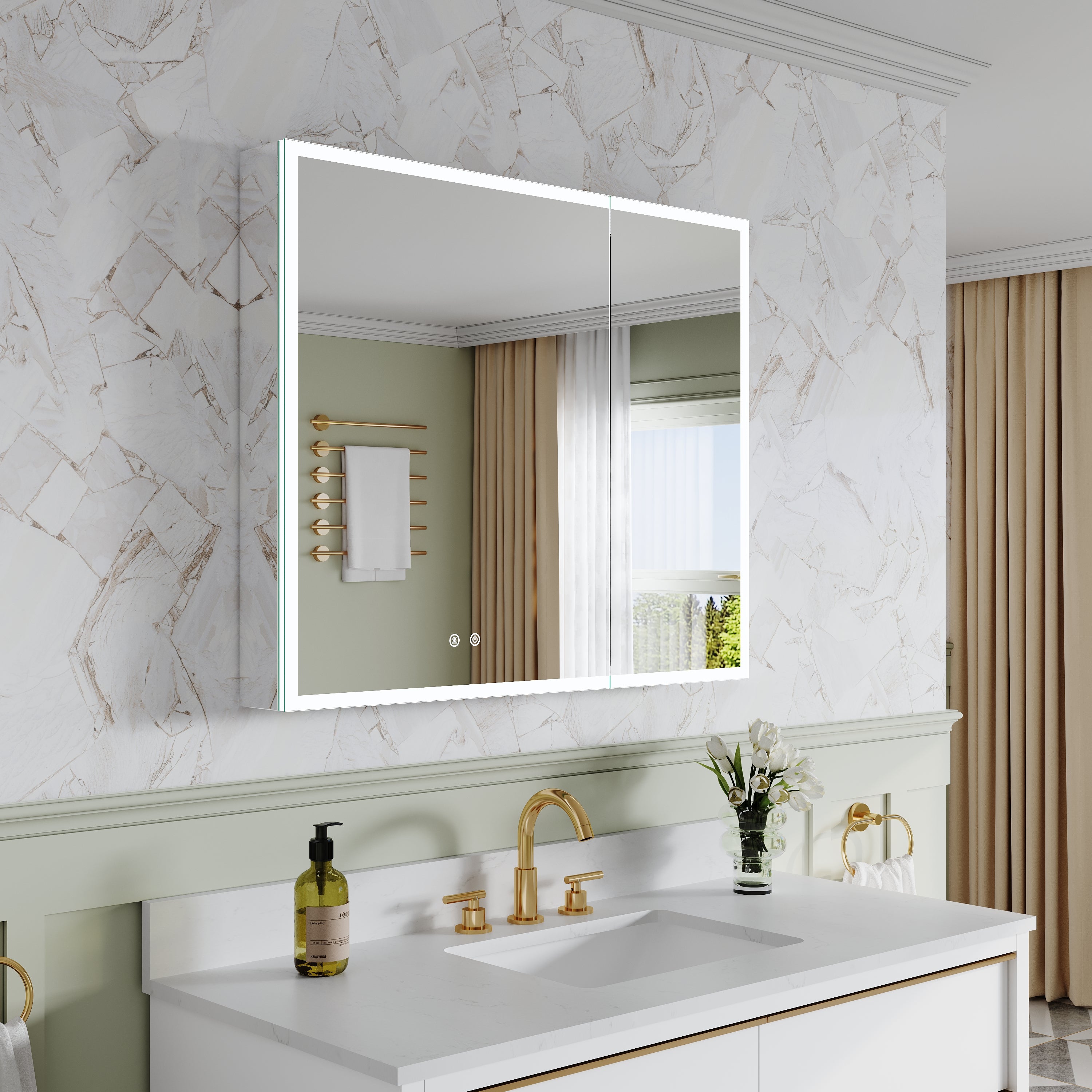
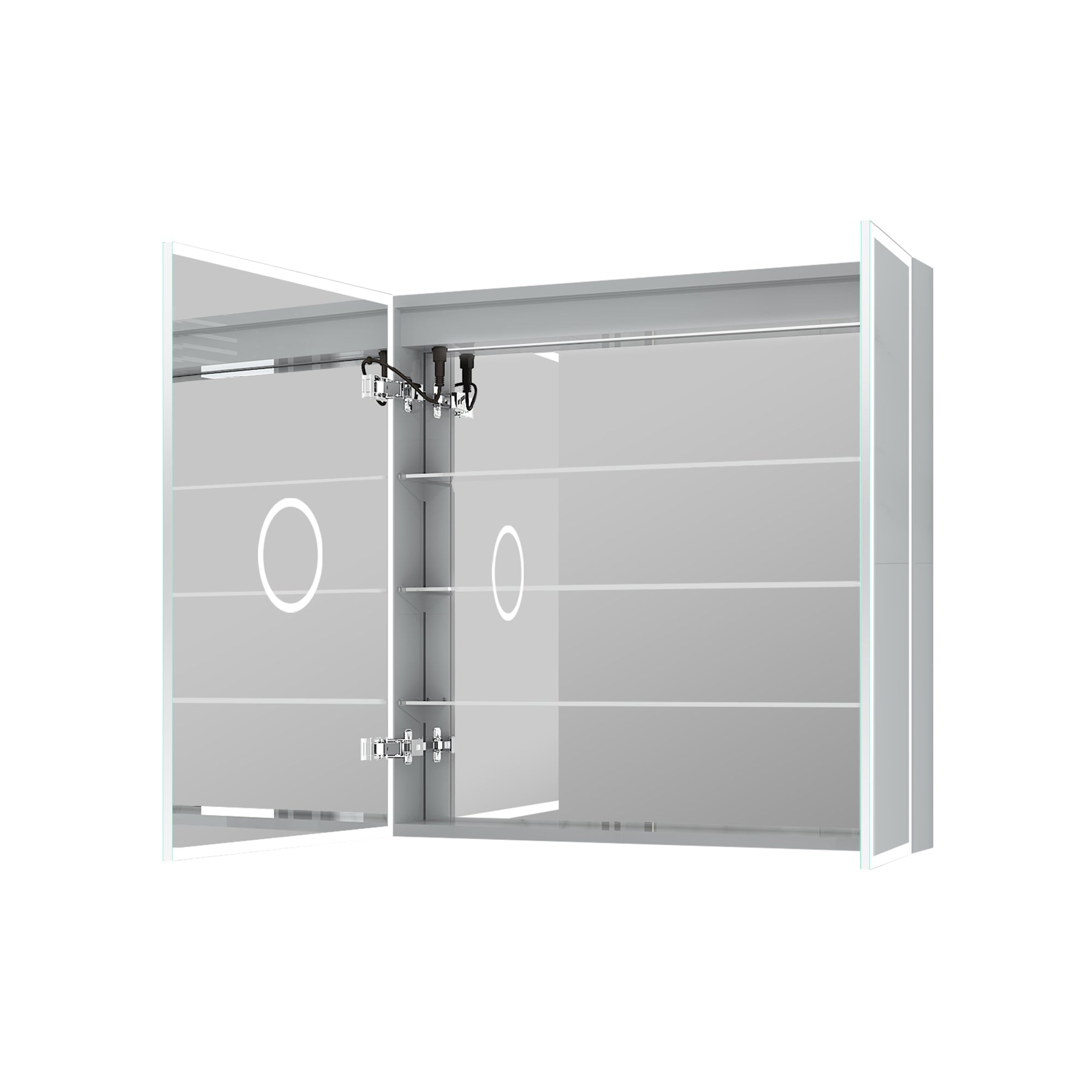
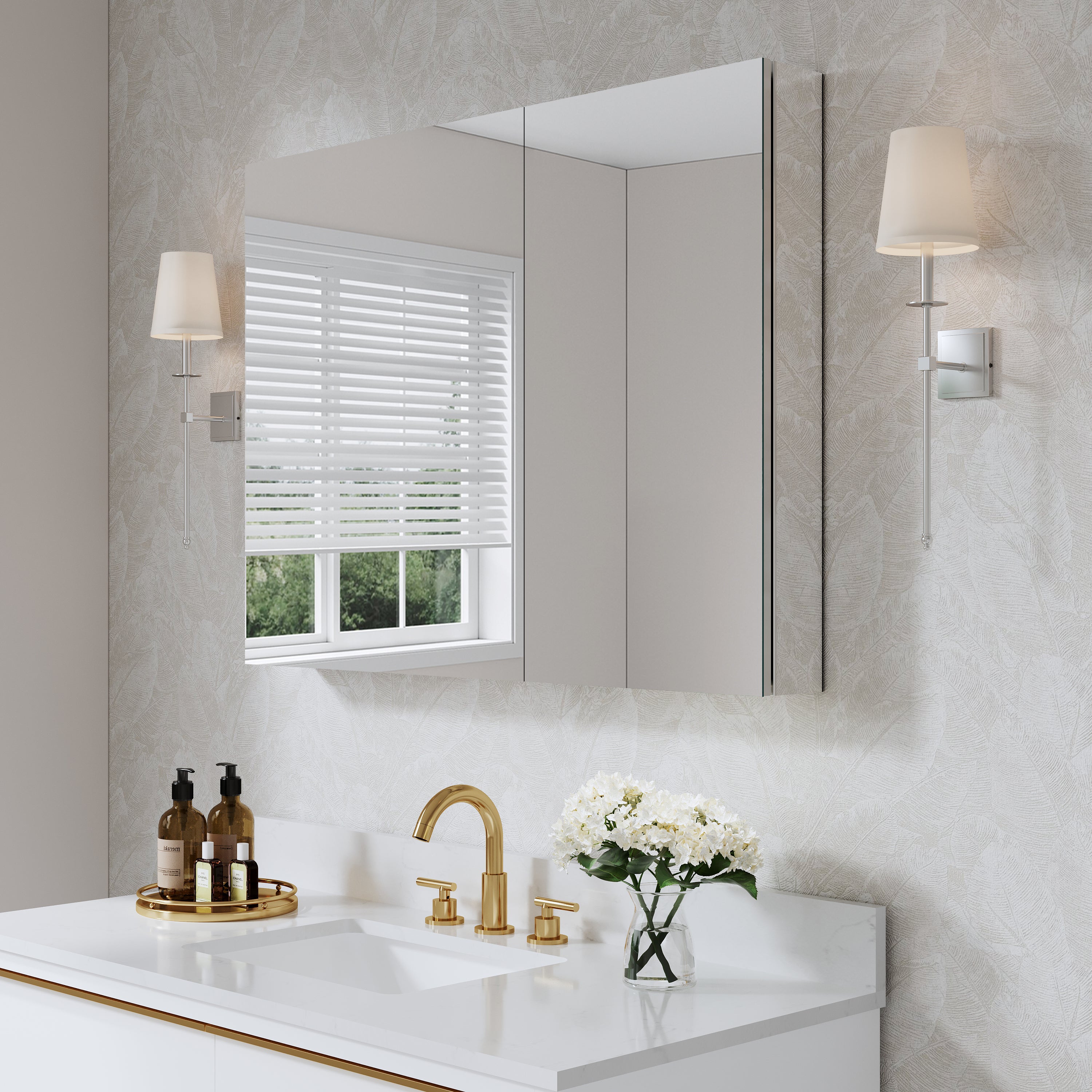

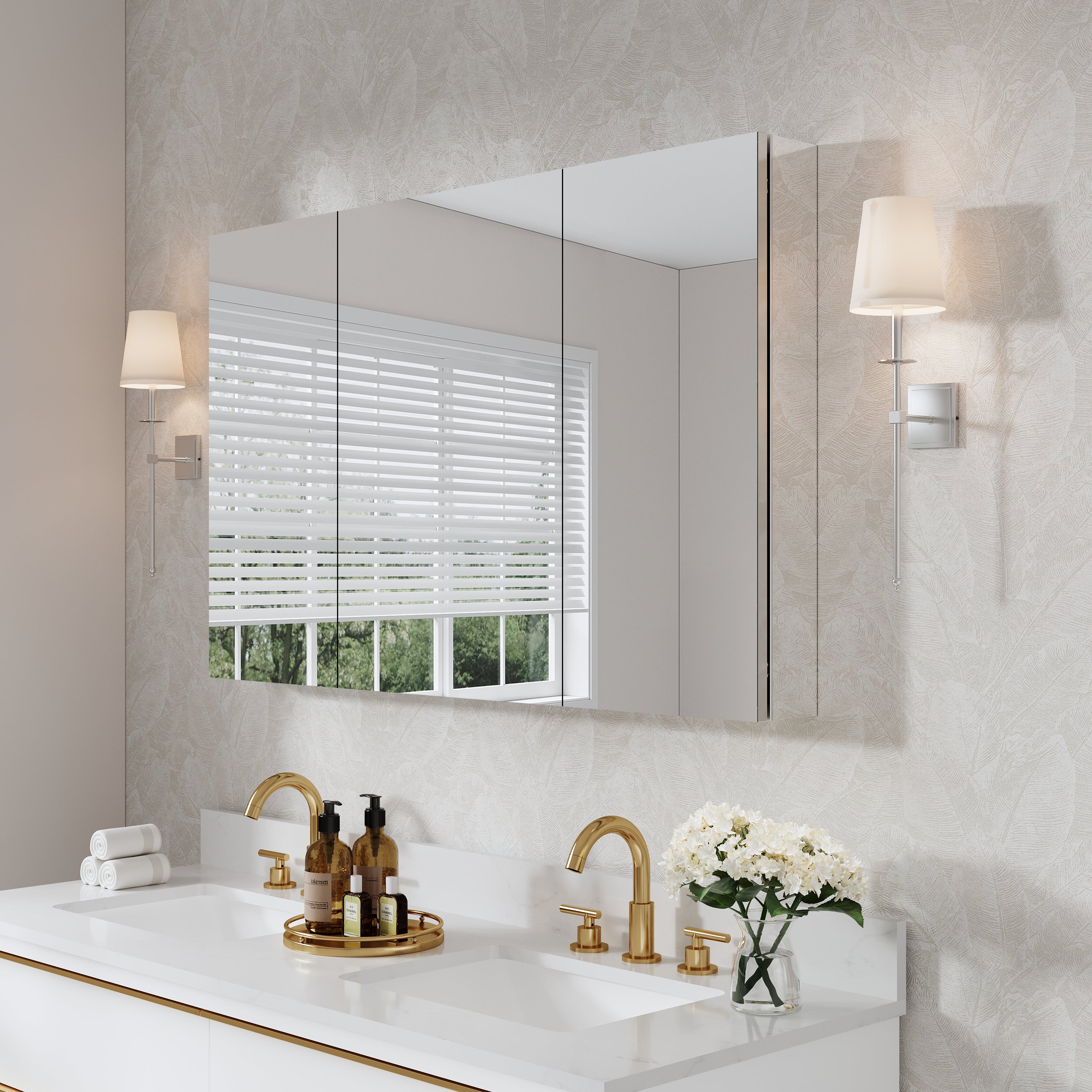
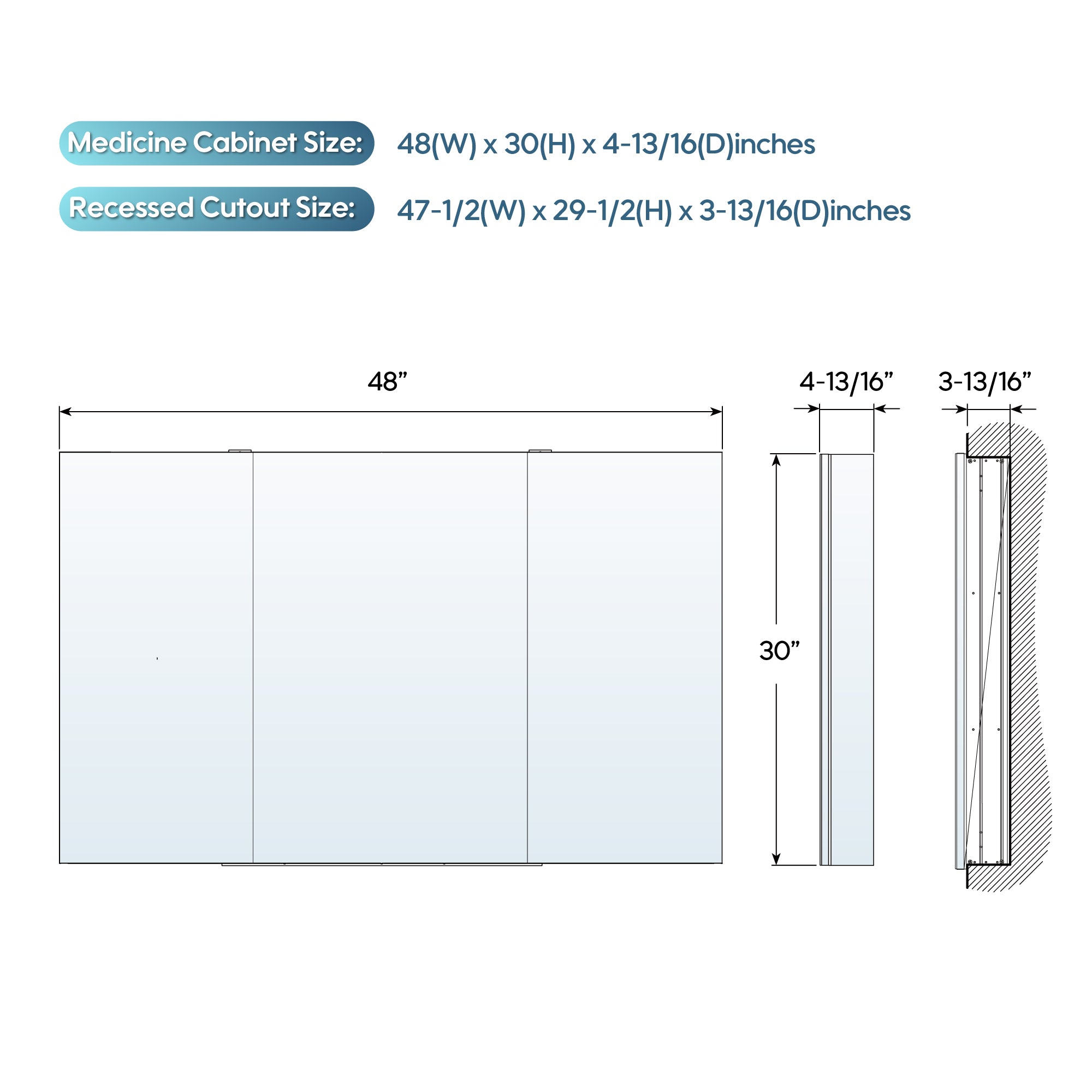
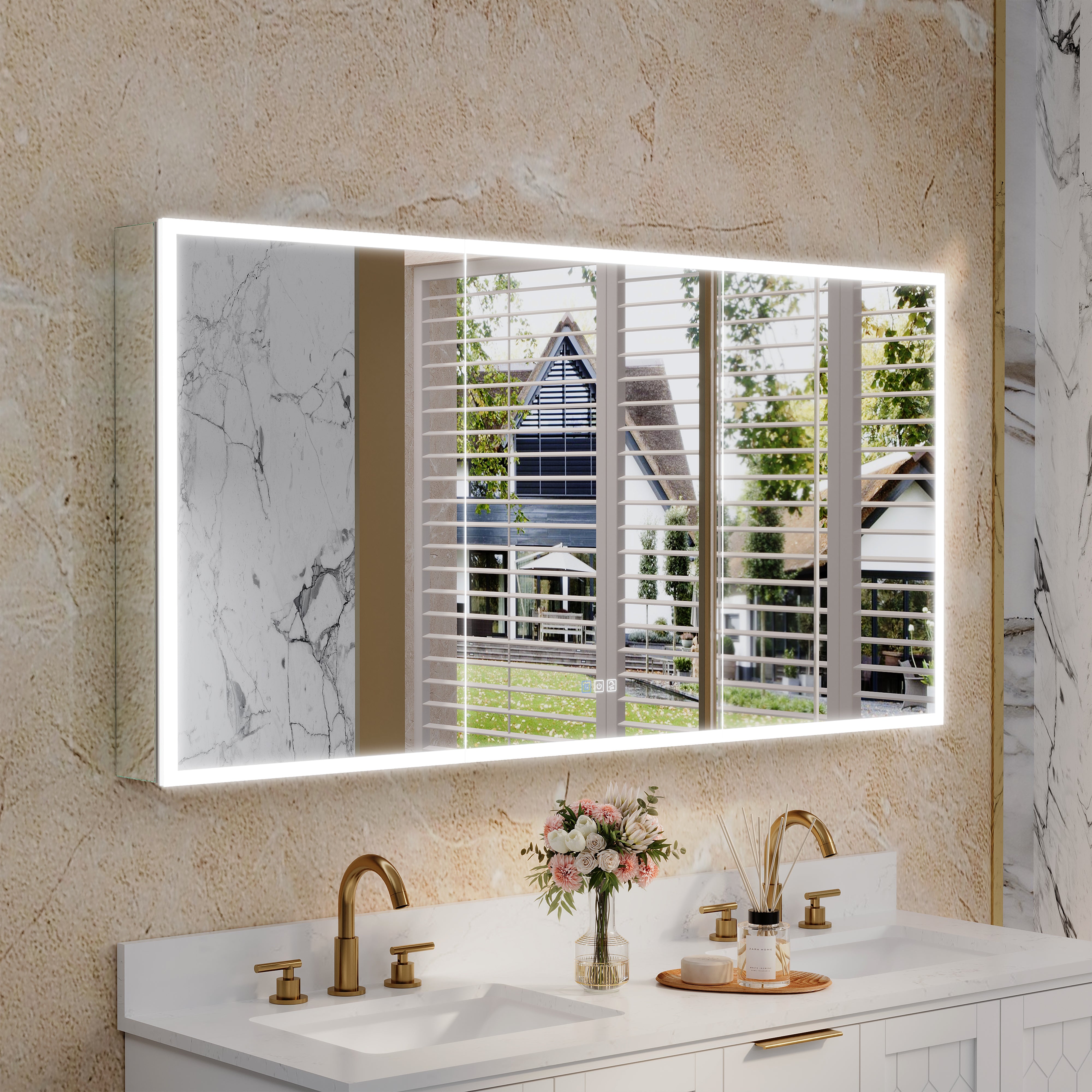
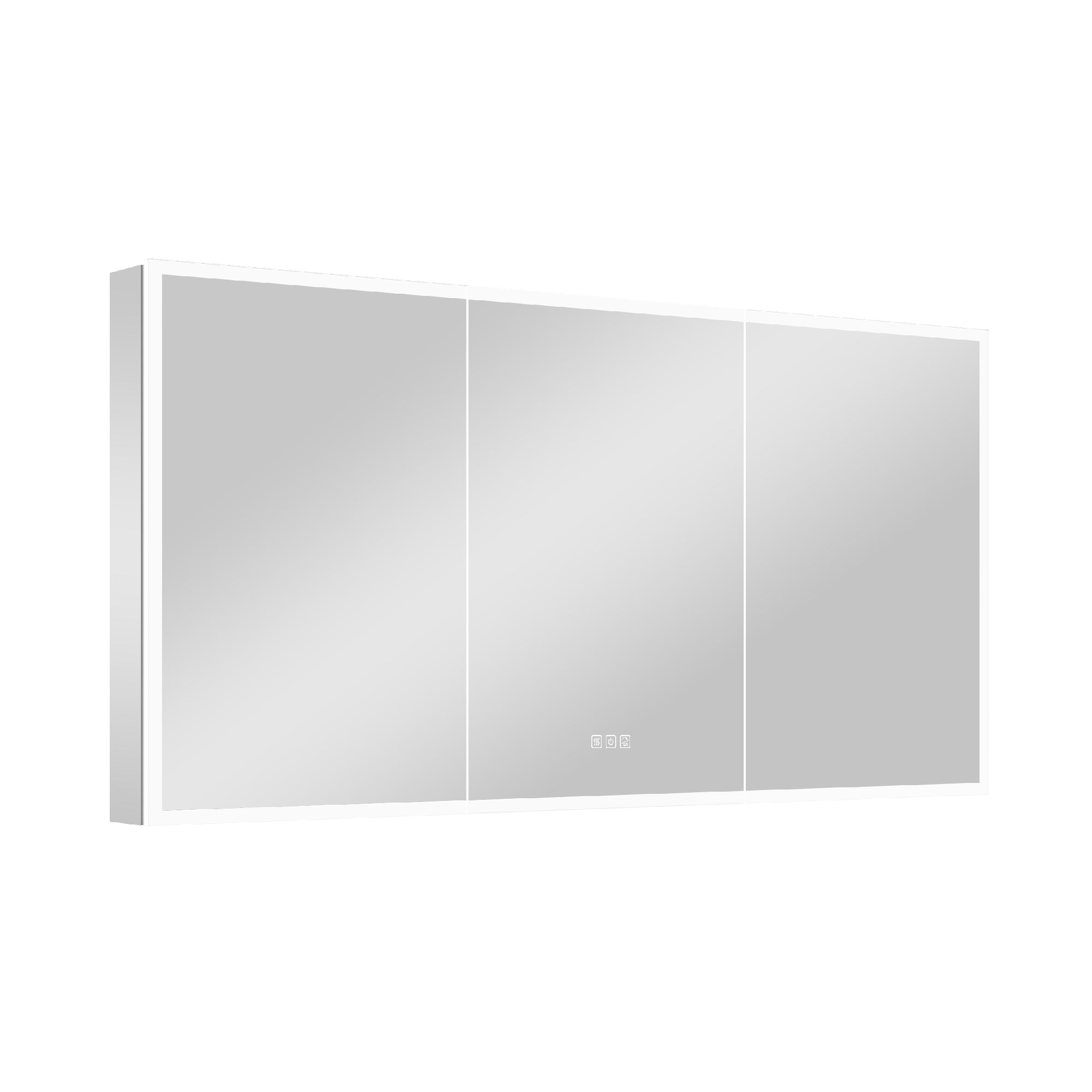
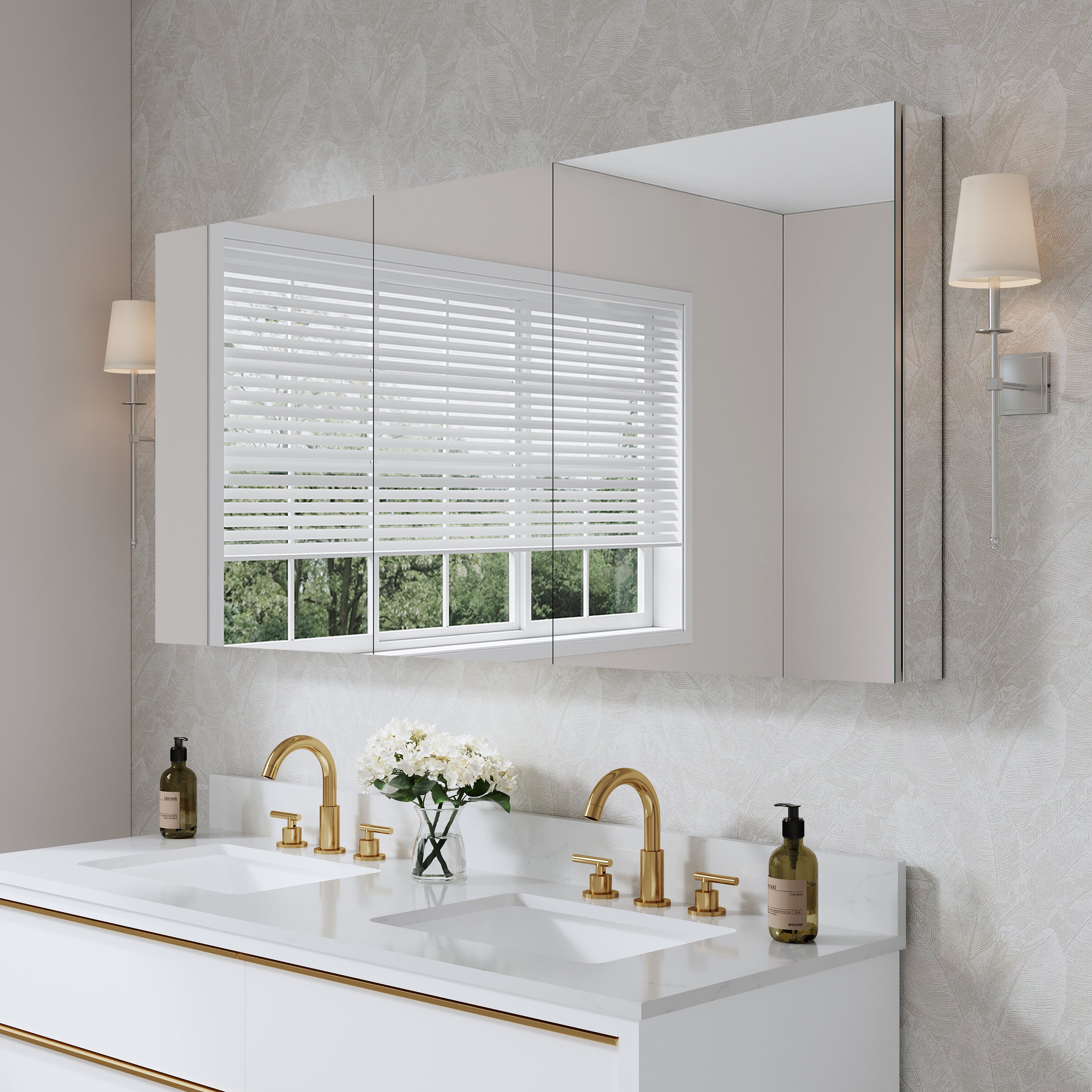

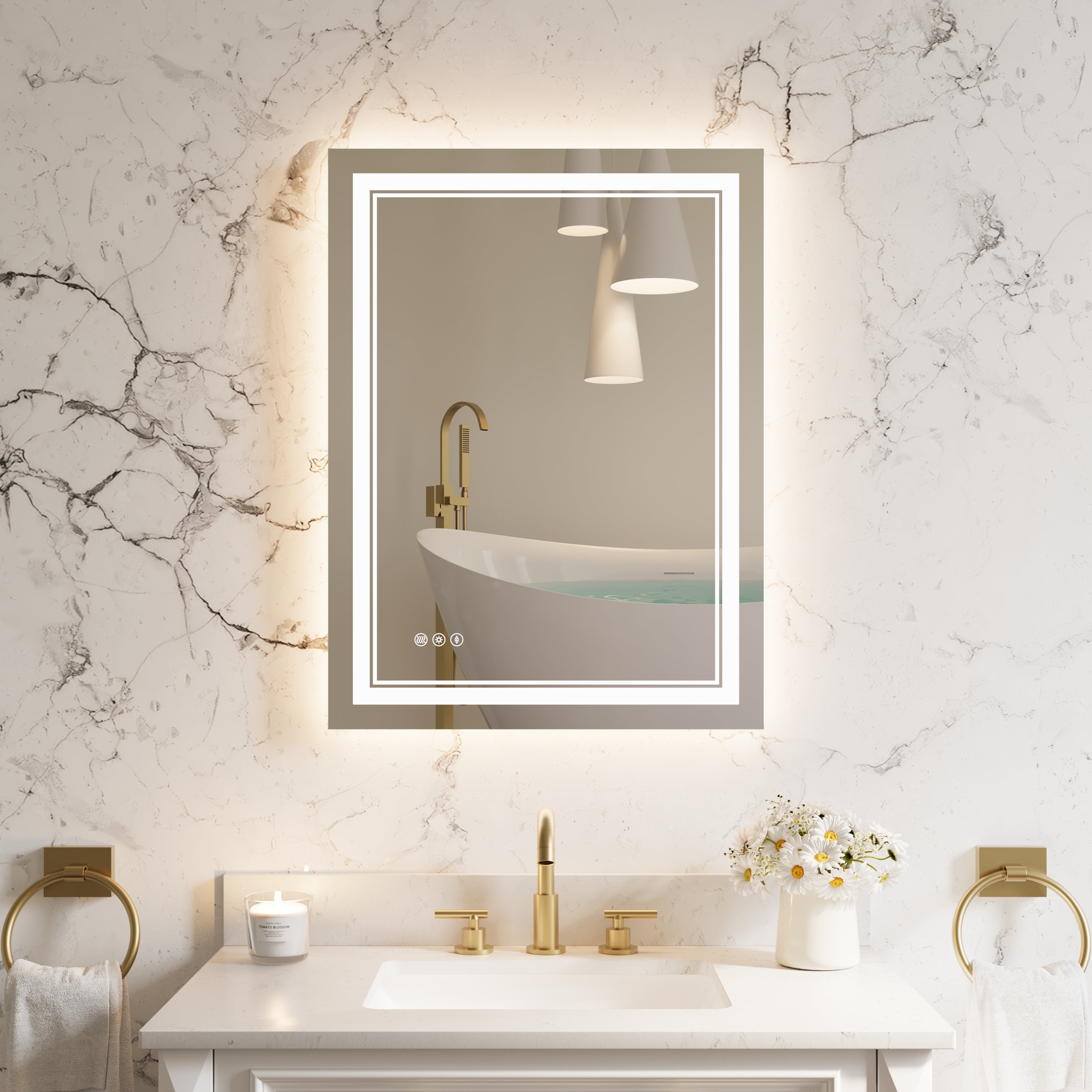
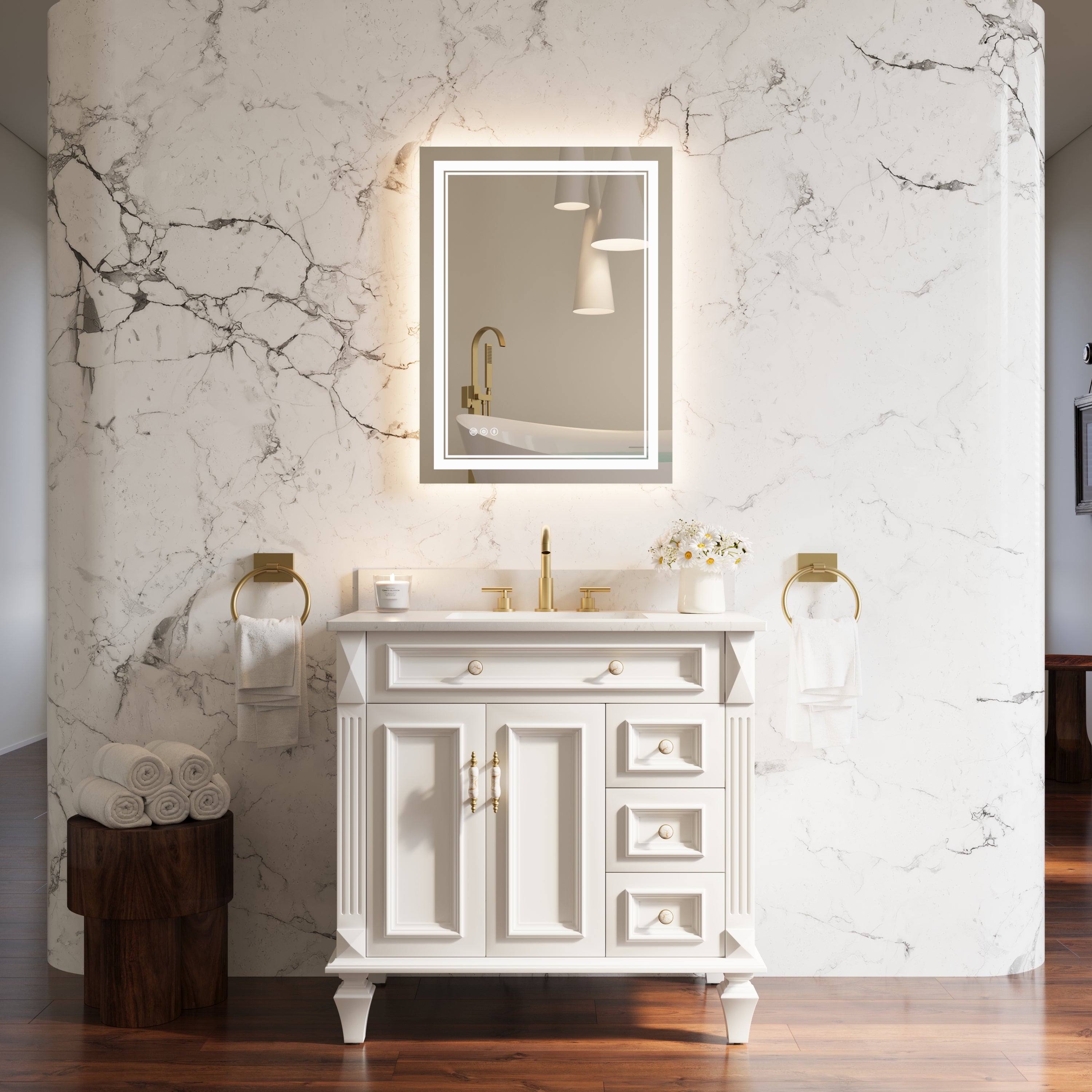
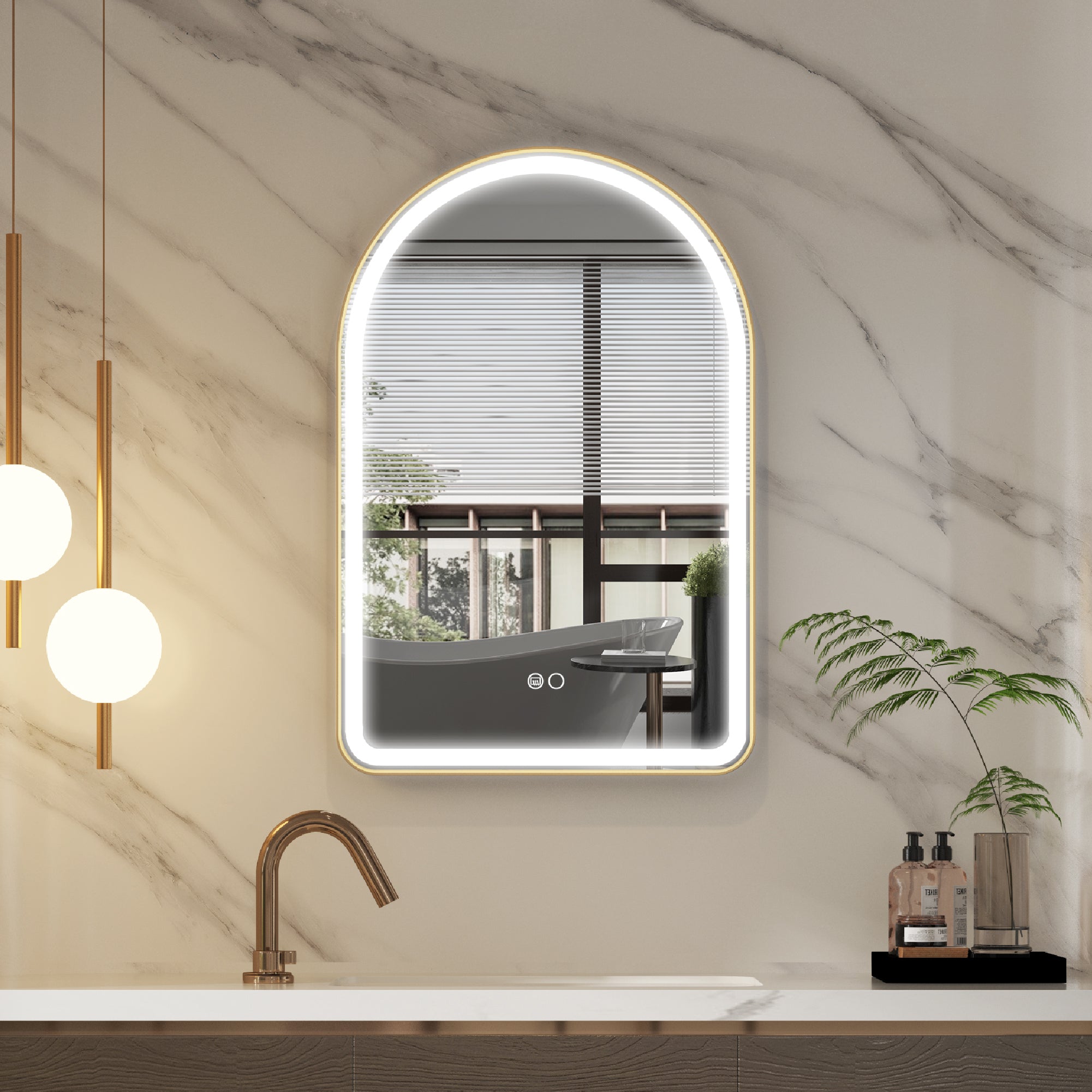
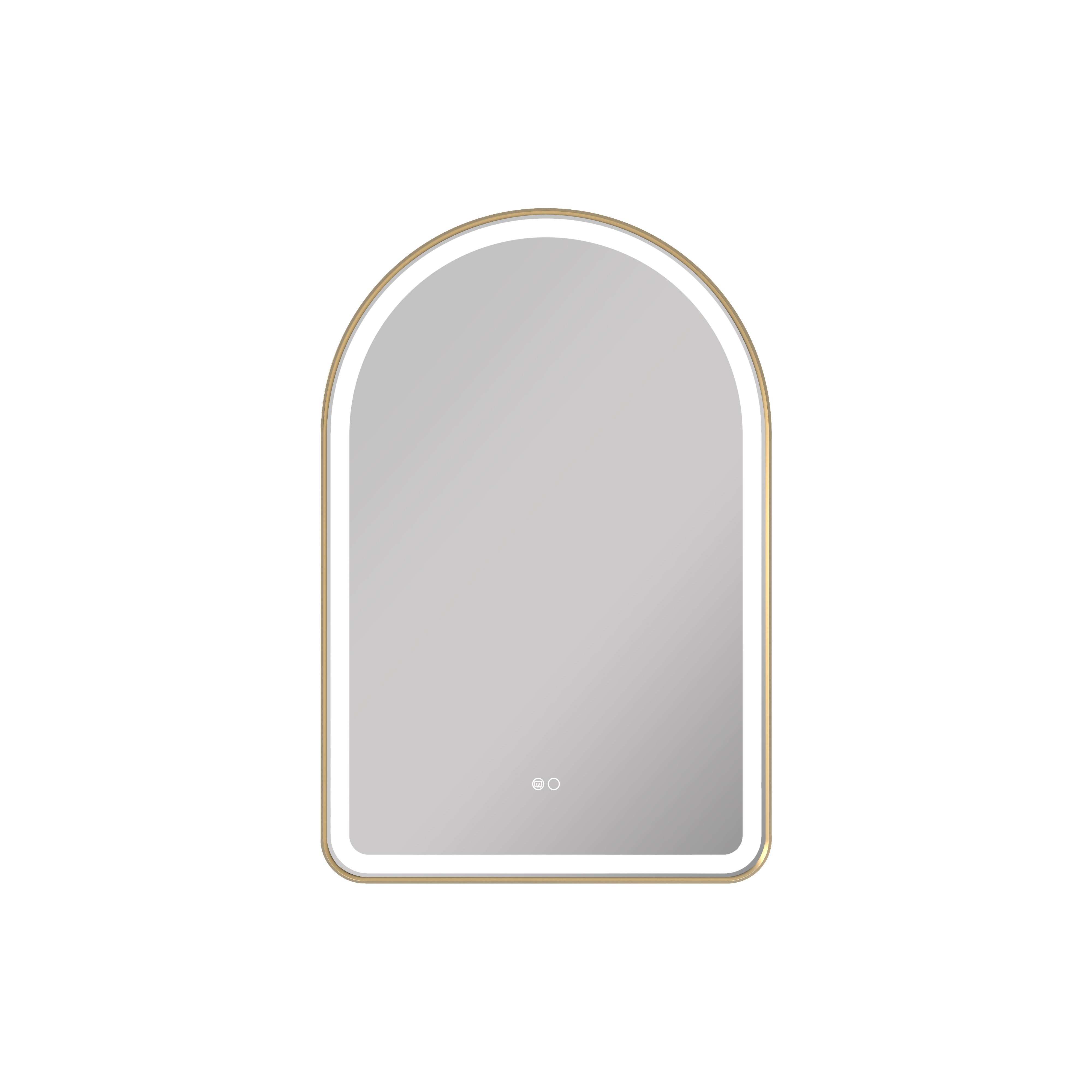
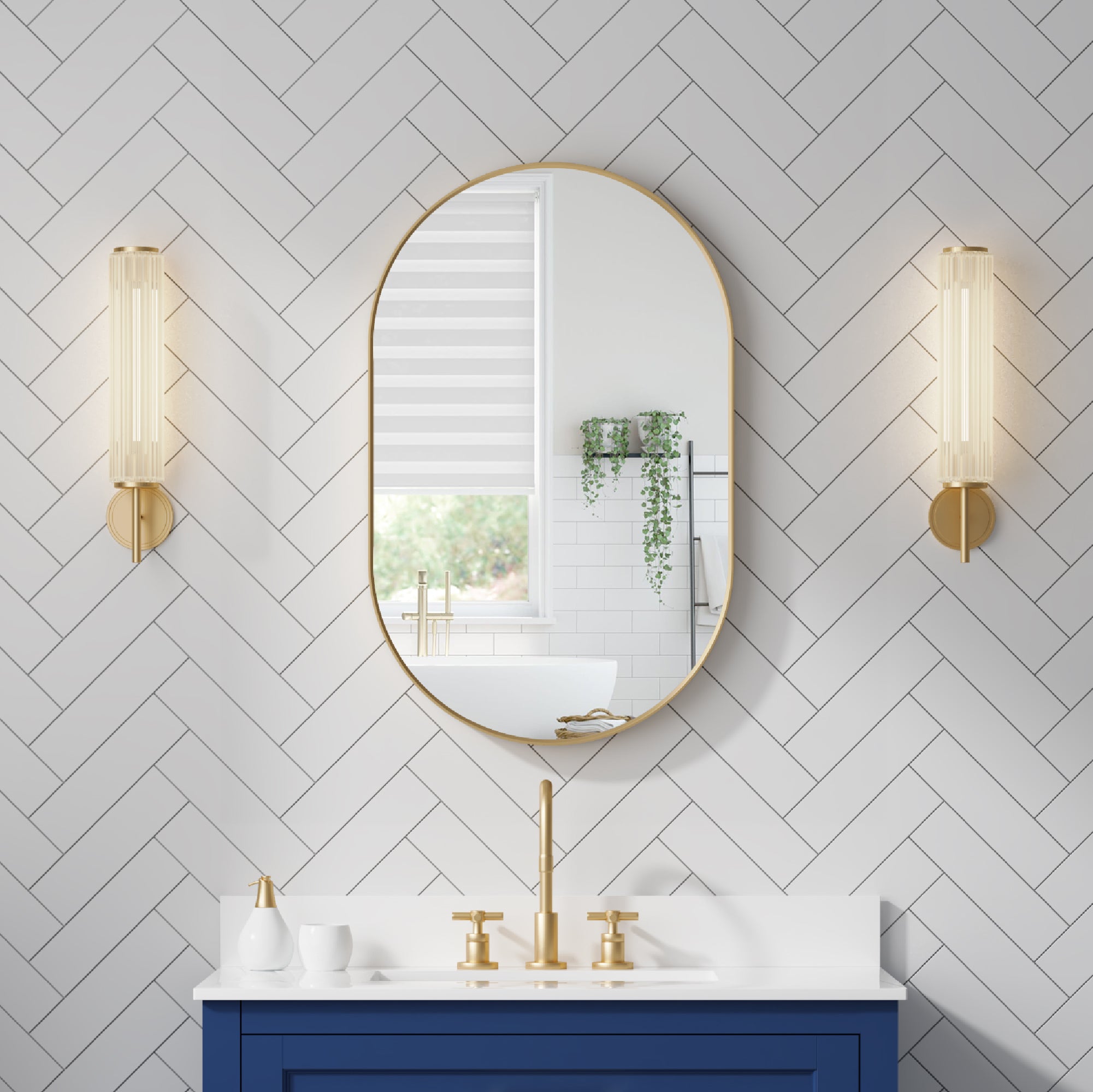
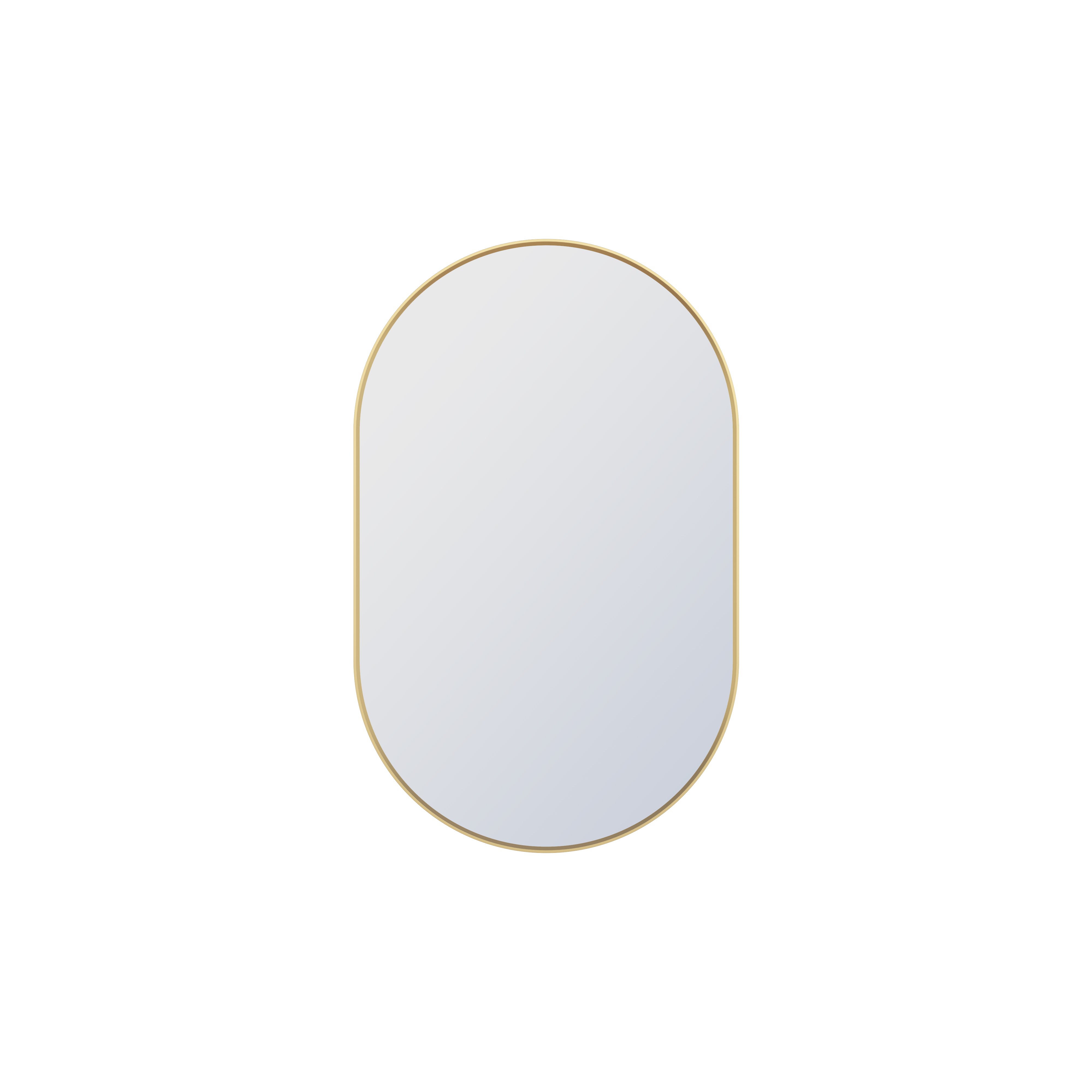


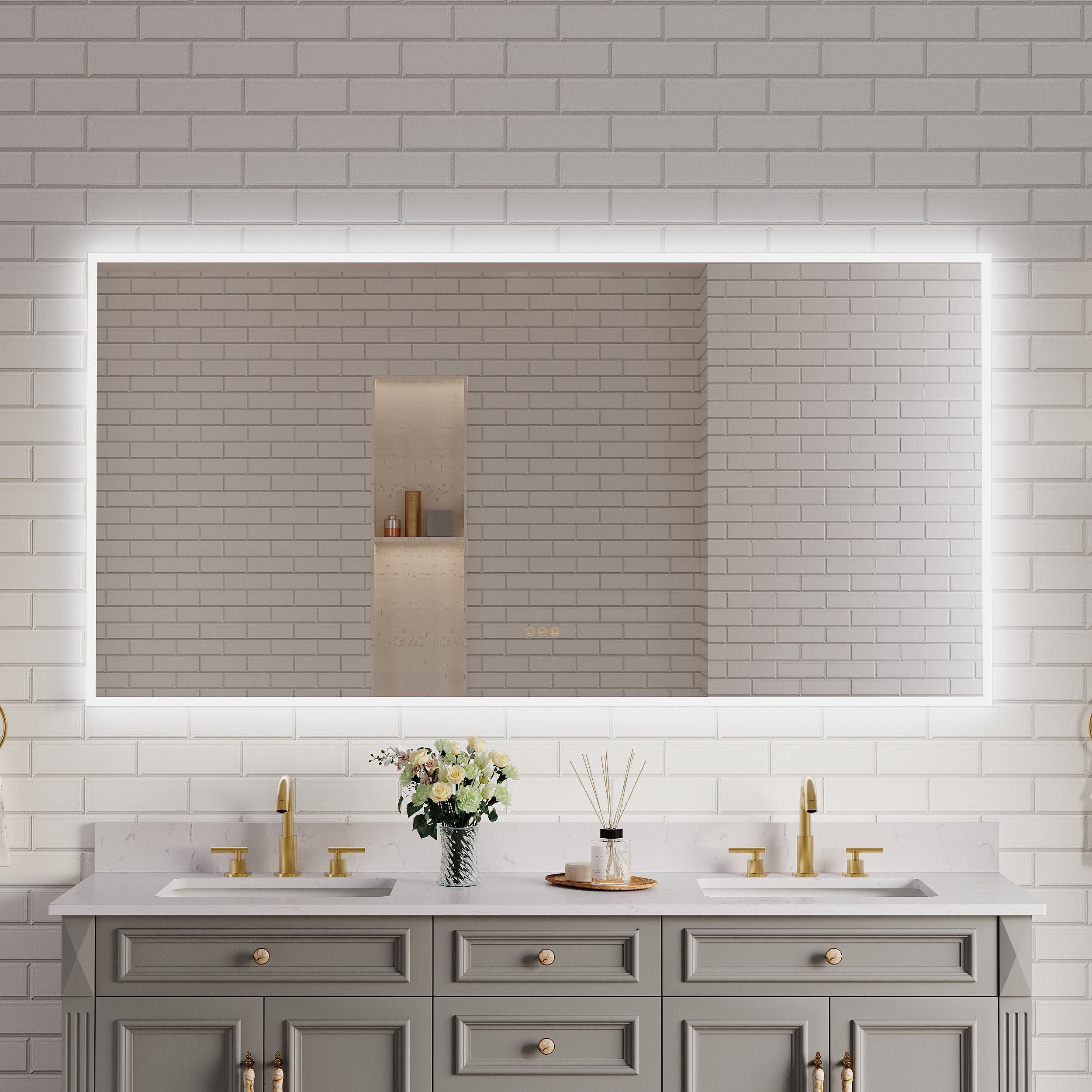





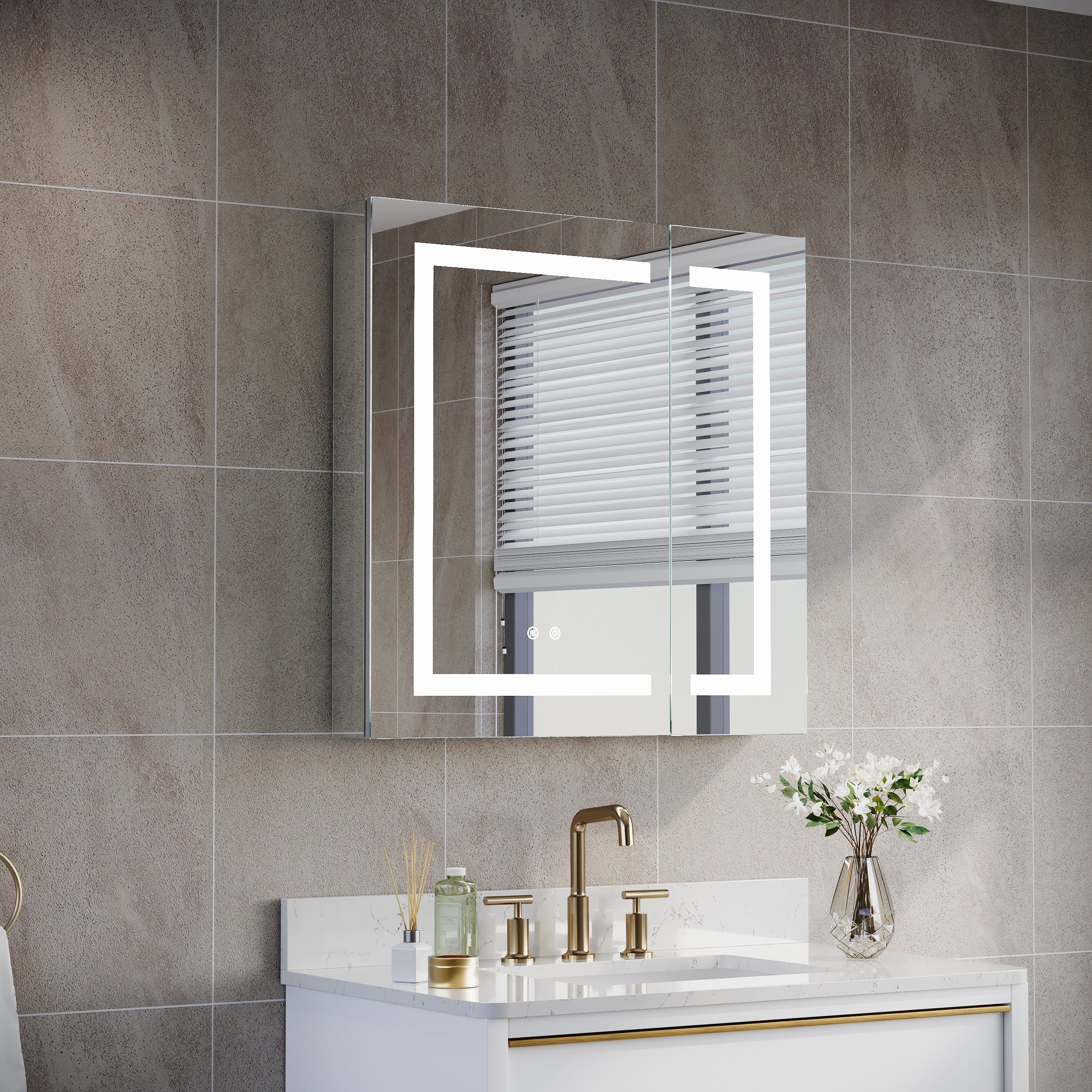
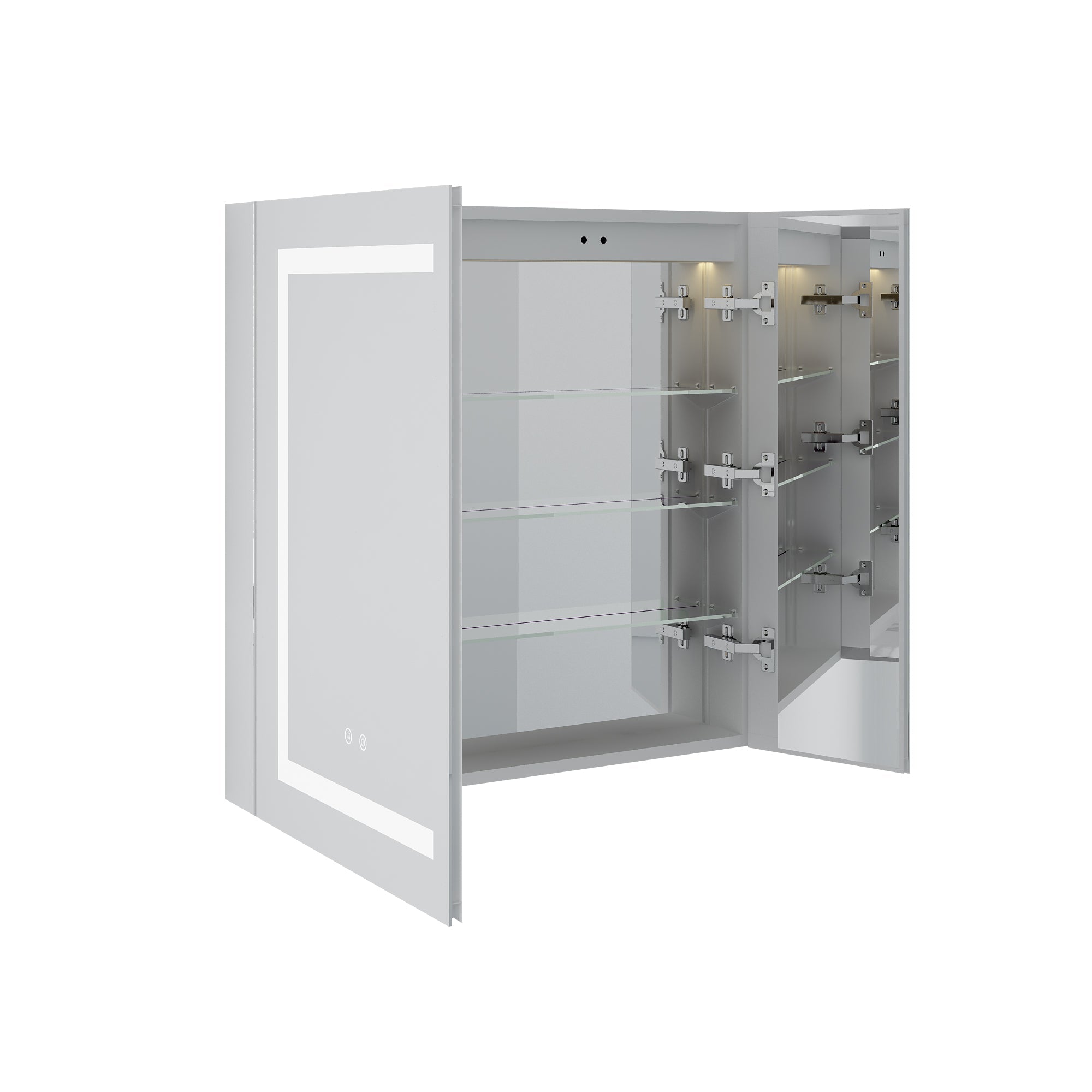




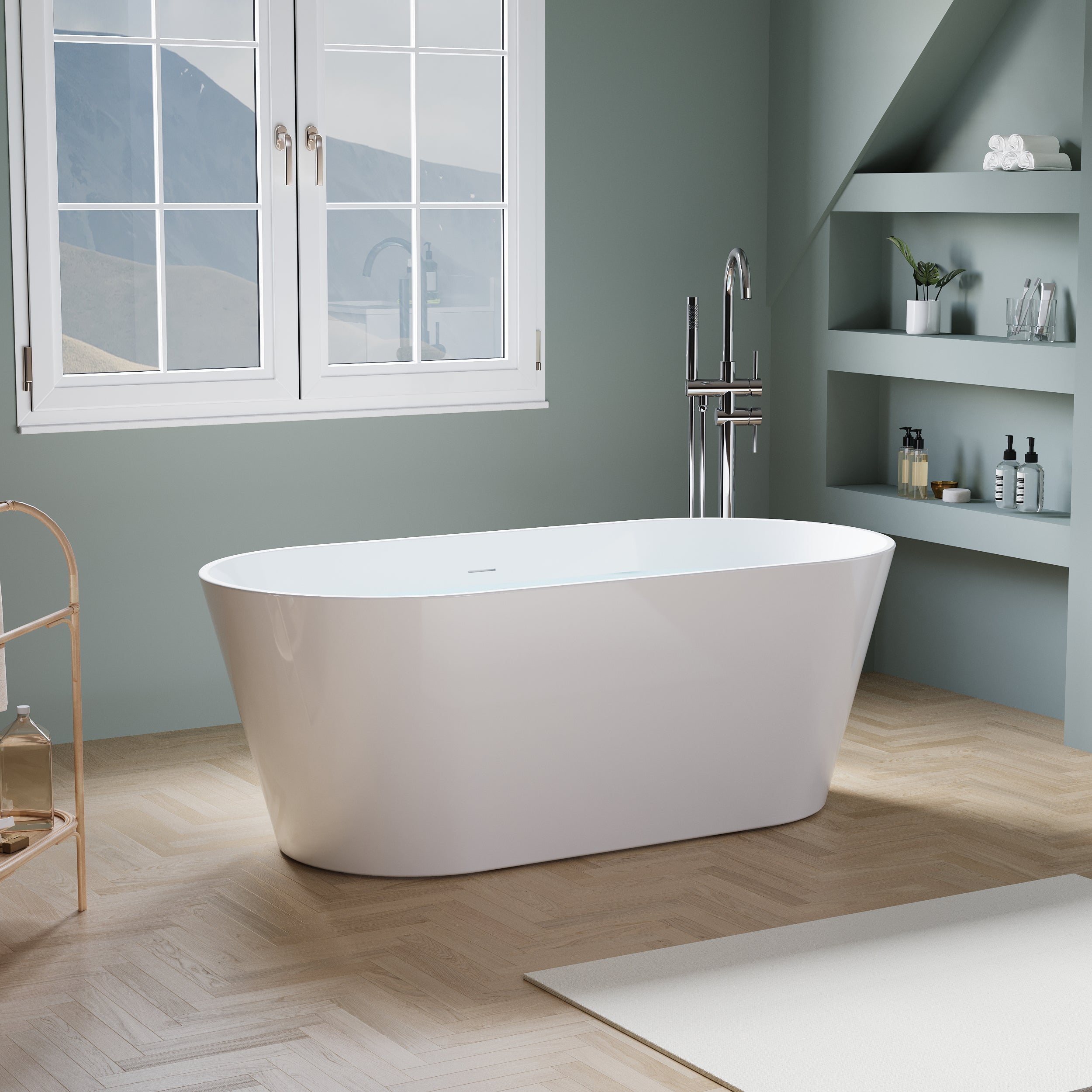
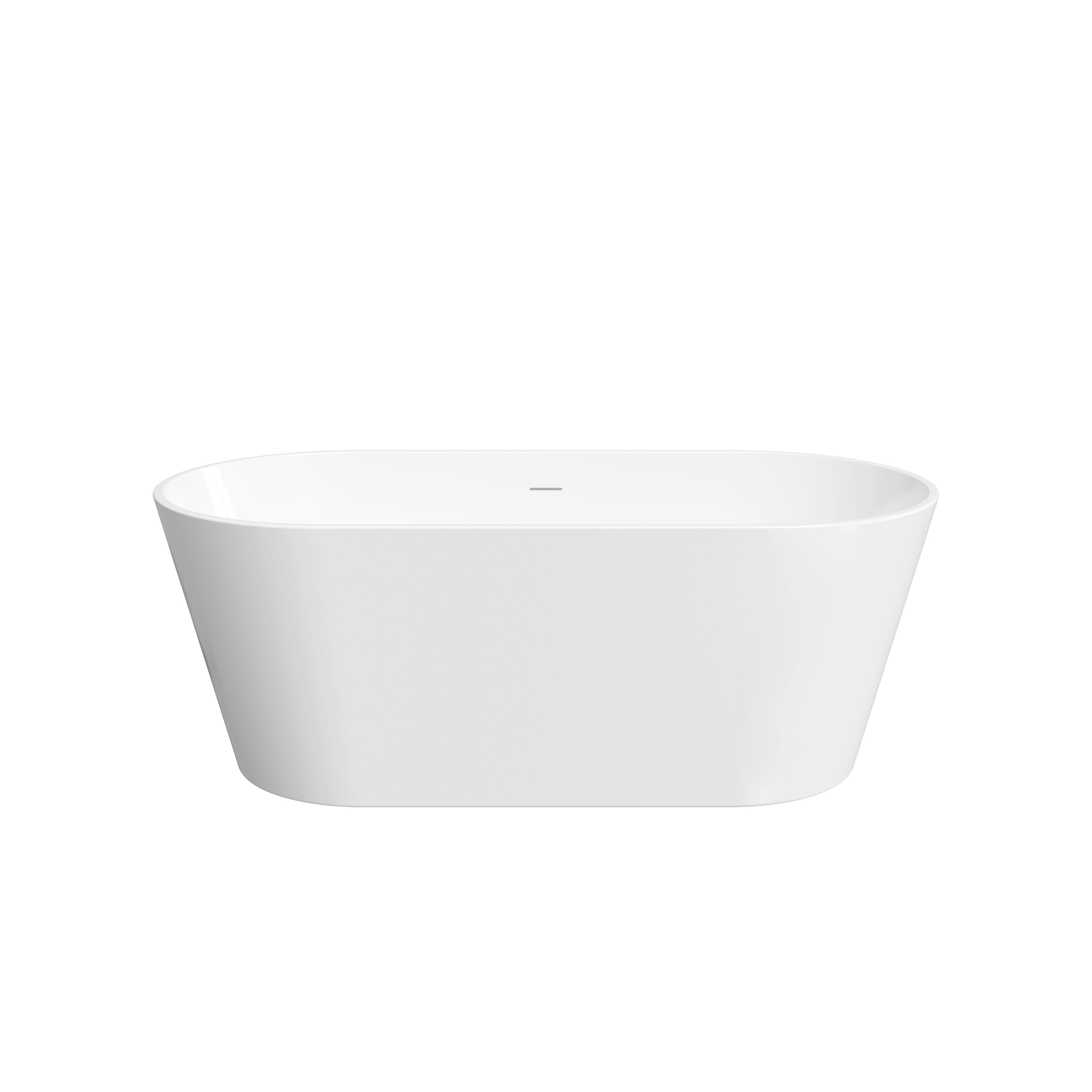


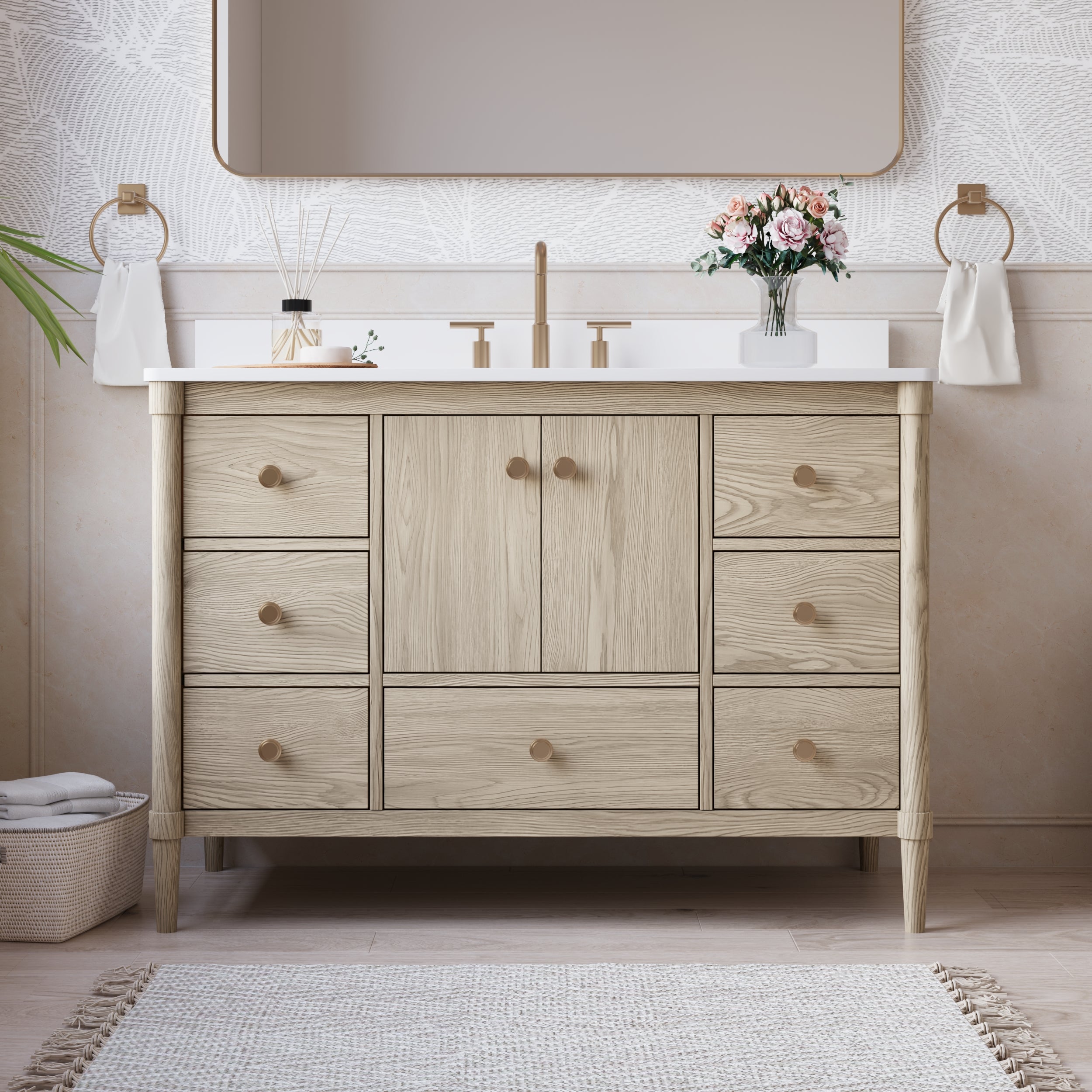
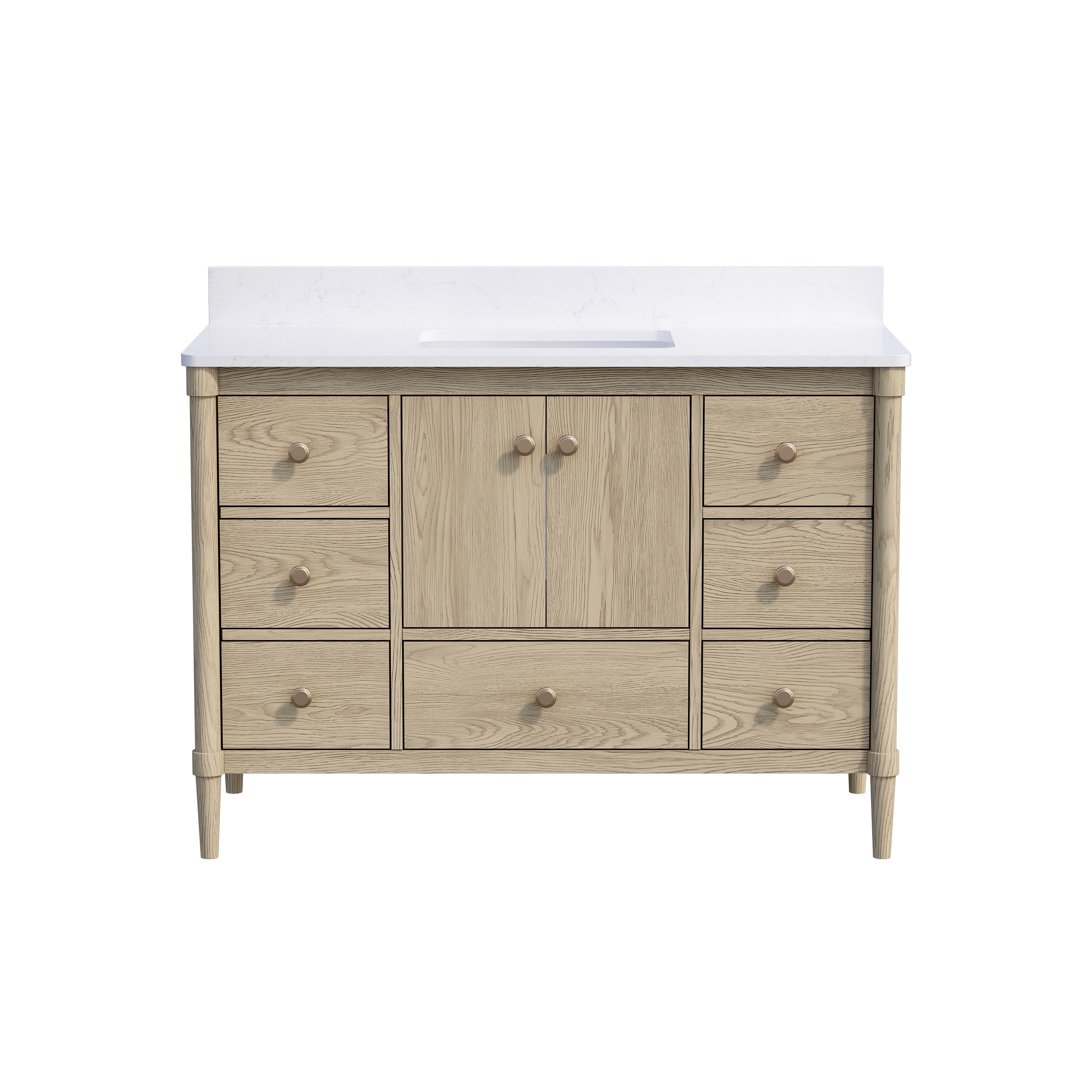
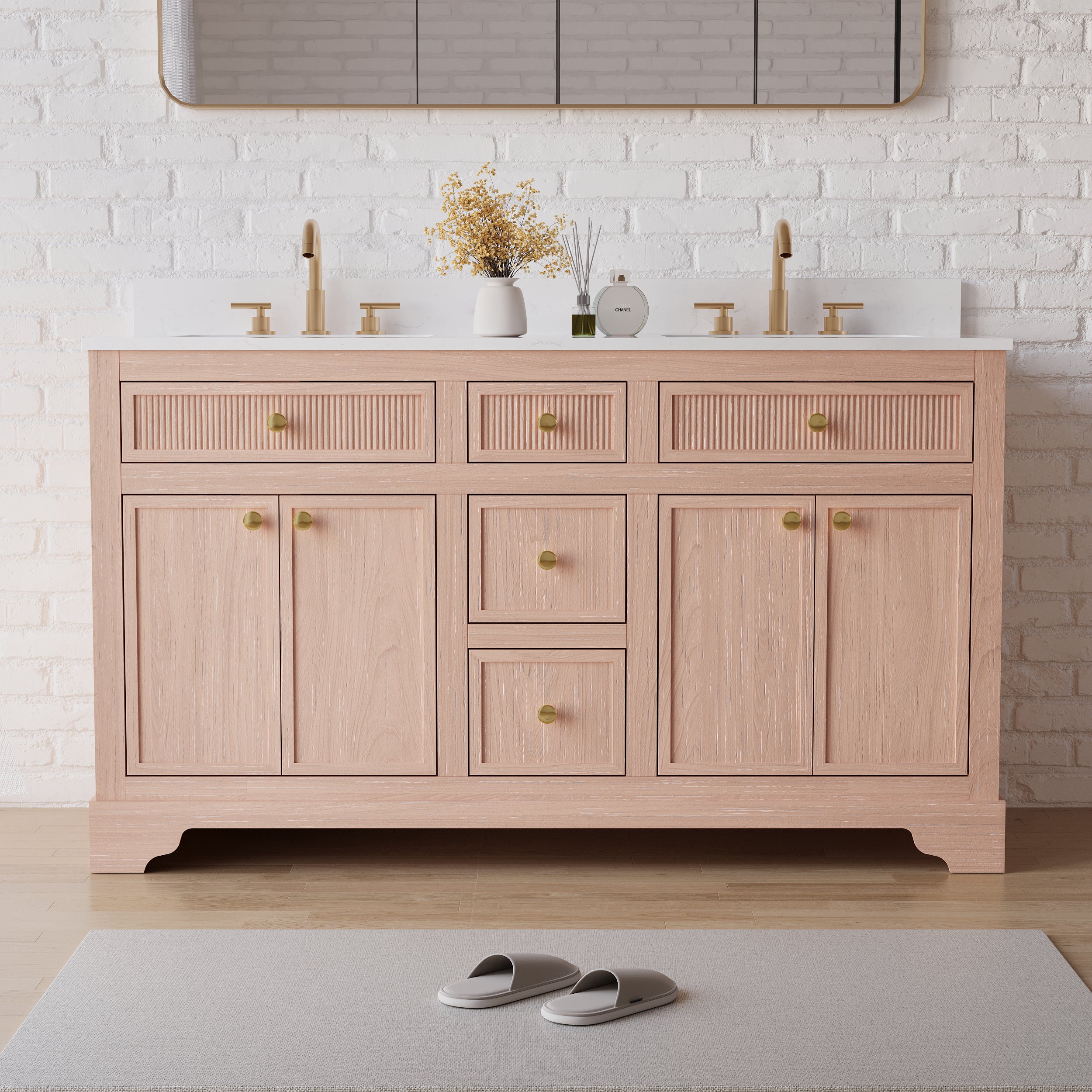
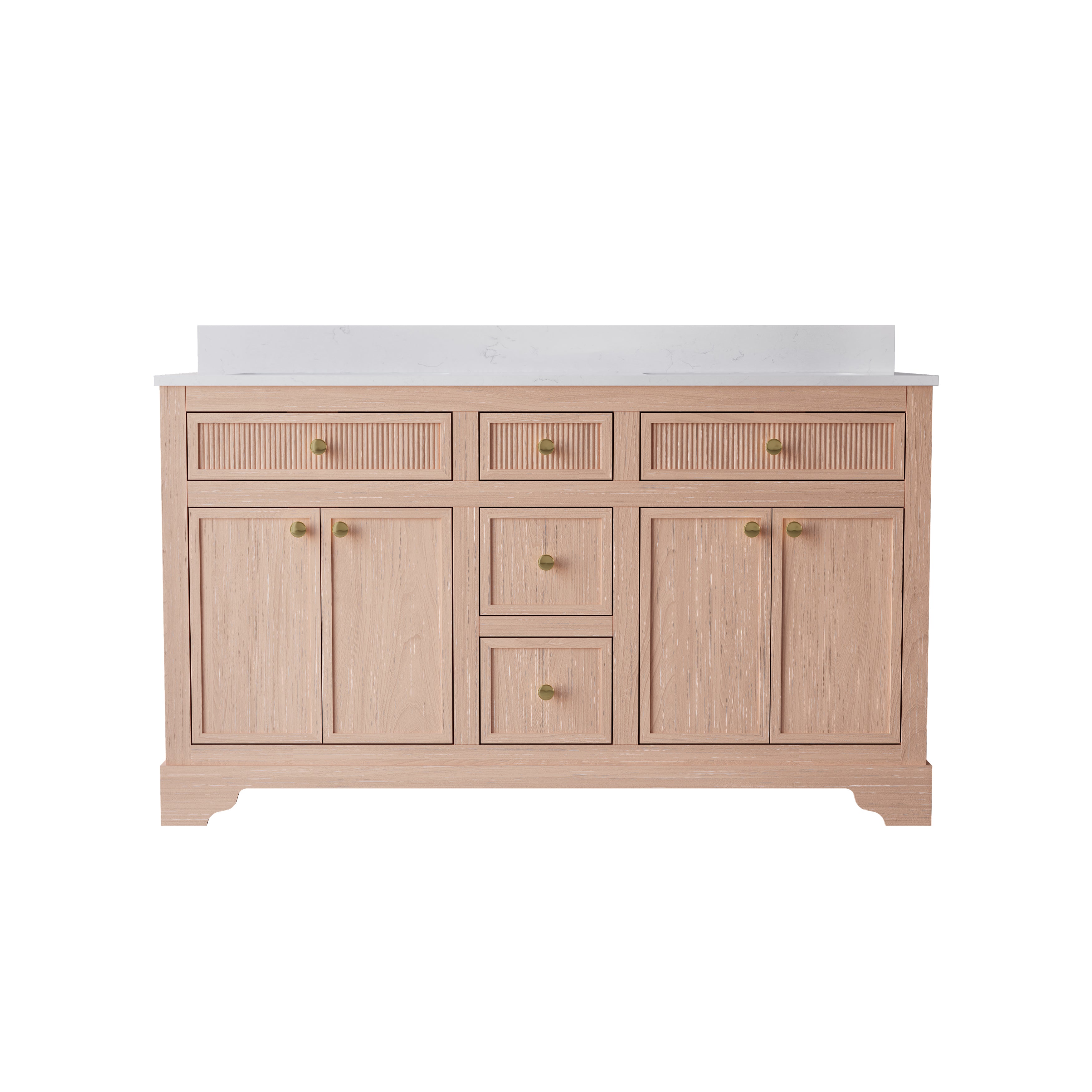
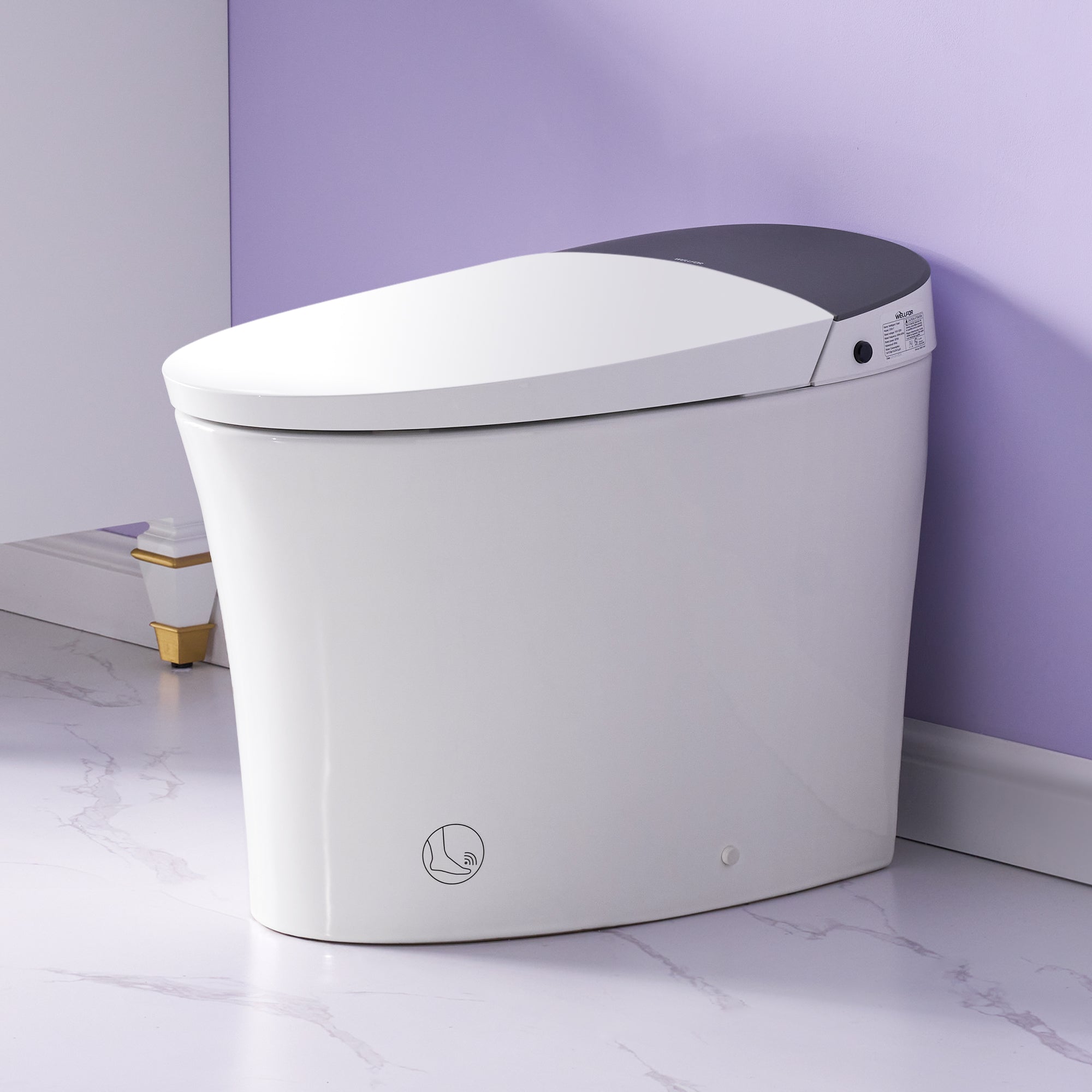
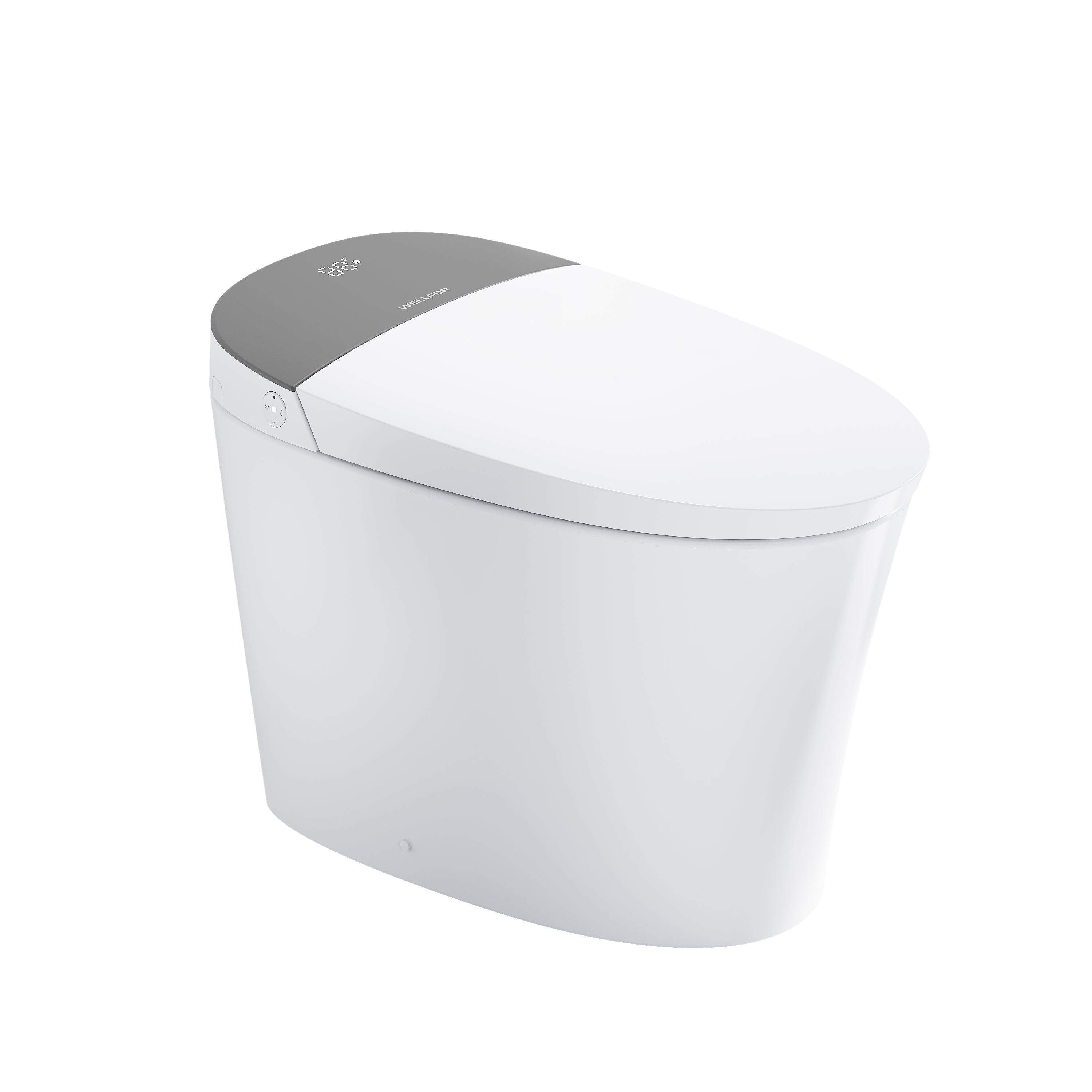
Leave a comment
This site is protected by hCaptcha and the hCaptcha Privacy Policy and Terms of Service apply.